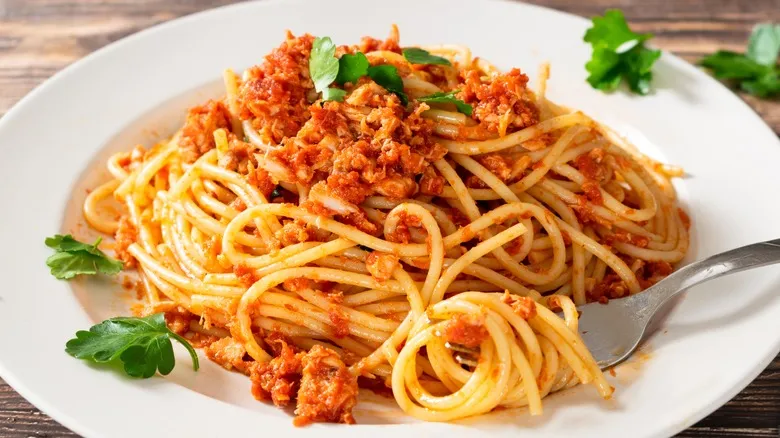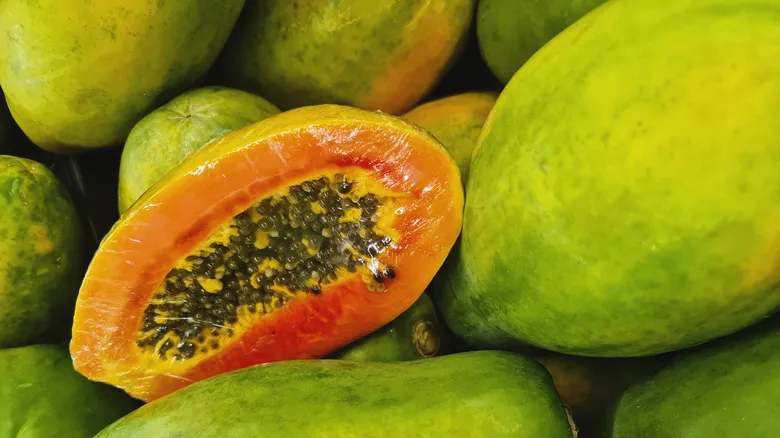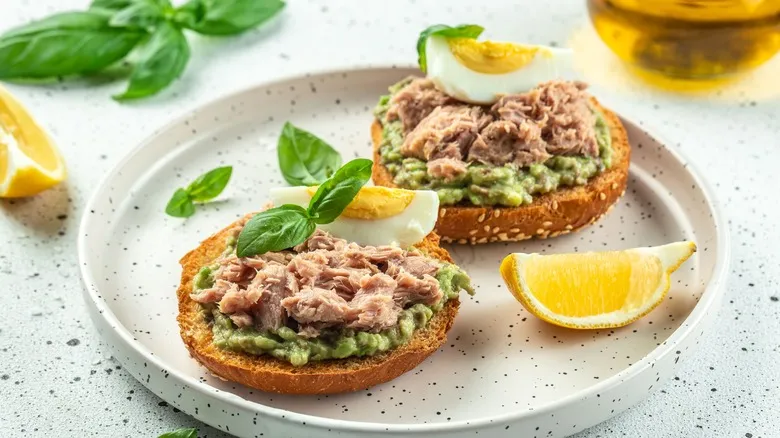Tuna in oil versus tuna in water

Certainly! Here’s a rewritten version of the text:
Indeed, oil-packed tuna contains more fat, which contributes to a richer and more flavorful product. If you're making a dish like tuna pasta and want the oil to enhance the flavor of the pasta, opting for the oil-based variety is your best choice. While oil-packed tuna is higher in fat, it also boasts significantly more vitamin D compared to its water-packed counterpart, along with increased levels of certain minerals such as phosphorus and potassium. Although higher fat content might lead you to assume it's less healthy, the ideal tuna for you really depends on the specific nutritional benefits you seek.
The distinction between the two types may also stem from the species of tuna used. "Different tuna species are selected for their unique traits, including flavor, texture, and fat content, making them more appropriate for either oil or water packing," explained Laura M. Ali, MS, RDN, a nutrition consultant for StarKist Co, in an interview with Simply Recipes. Albacore tuna, known for its slightly sweeter and milder taste, is more commonly found in water, while yellowfin tuna, which is leaner and has a bit more flavor, is typically packed in oil. Ultimately, the primary differences between these canned tuna varieties lie in their nutritional profiles, taste, and the specific type of tuna used.
Recommended

How To Choose A Perfect Papaya Every Time

14 Best High-Protein Meals And Snacks From Trader Joe's

Almost 10 Million Pounds Of Ready-To-Eat Chicken Products Recalled Over Listeria Concerns

The Red Flag You Shouldn't Ignore In Your Grocery Store's Refrigerated Cases
Next up

